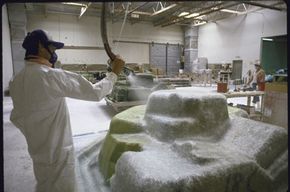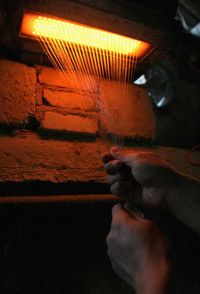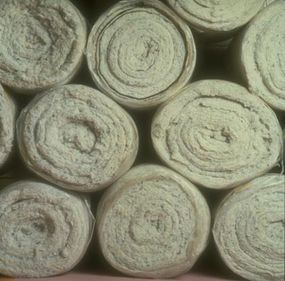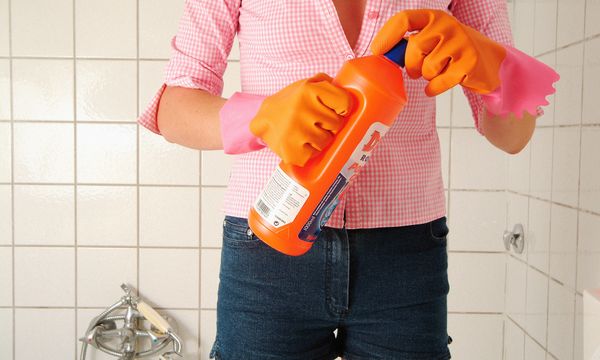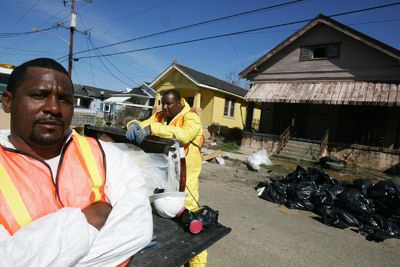Is fiberglass dangerous? Picture this, you're rummaging around your friend's newly renovated attic and notice what looks like a rolled-up blanket in the far corner. You give it a kick, and the blanket unfurls onto the floor. It's pink, and the light weight materials look a little like cotton candy. You run your hand over it to see what it feels like, but you soon realize that was a mistake. Before you know it, your hand is red and itchy -- you've just come in contact with fiberglass insulation.
Insulating our homes is one of the most important parts of house construction, and insulation has a big effect on the costs of energy. Heat naturally flows from a warm space to a cool space, and our homes suffer from this transfer. In the winter, warm air from the inside will move to the outside and make us cold. In the summer, hot air moves from the outside to the inside and makes it uncomfortably warm.
Advertisement
We have heating and air conditioning systems to fix these problems, but the more opportunities warm air has to flow out of or into the house, the harder those systems have to work. As those systems work harder, we use more energy and pay much higher utility bills. A properly insulated home will save money on energy costs by resisting the flow of heat and making your heating and air conditioning work less.
Fiberglass insulation, a man-made mineral fiber constructed from a variety of materials, such as sand and recycled glass fibers, is the most popular form of insulation in the United States -- more than 90 percent of homes in America are lined with the pink stuff [source: Spencer and Gulick]. But while many see the benefits of insulating our houses with fiberglass, some are worried fiberglass can cause various health problems -- it's capable of causing immediate skin irritation.
But while some research suggests that inhaling fiberglass particles could cause cancer, but in 2001, the International Agency for Research on Cancer removed glass, rock and slag wool fibers -- common elements of fiberglass insulation -- from its list of substances possibly carcinogenic to humans [sources: NTP, IARC].
Why might fiberglass be dangerous to us? To learn more, read the next page.
Advertisement
